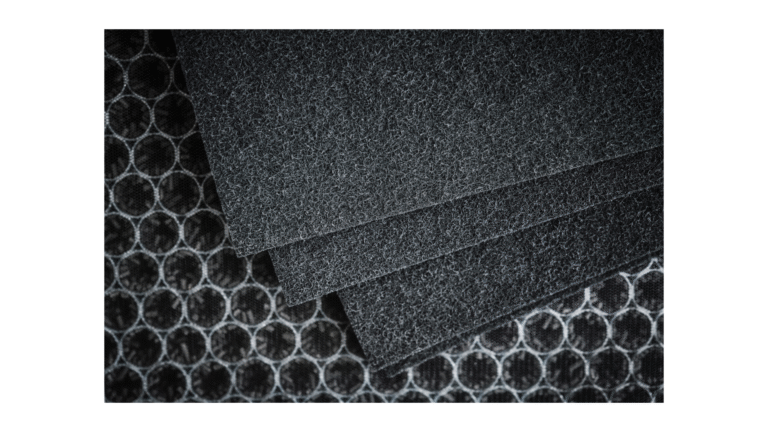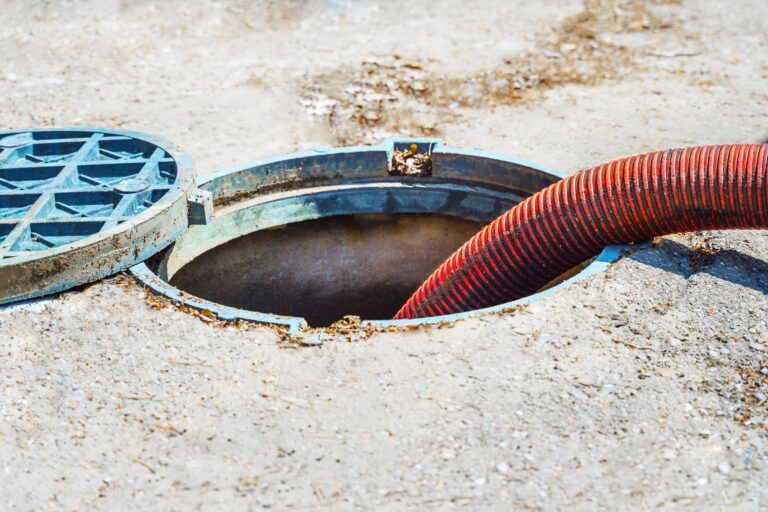Buying a Drum Crusher and Its Potential ROI: Key Aspects to Consider
- Jonathan R.
- September 11, 2024
Table of Contents
Investing in a drum crusher can be a game-changer for industries dealing with large volumes of waste material.
Drum crushers offer a practical solution for reducing the size of metal drums, making disposal more efficient and cost-effective. However, before making such an investment, it’s essential to consider the potential return on investment (ROI).
Next, we’ll explore the key aspects of drum crushers, from their functionality to the critical factors that influence ROI, helping you make an informed decision for your business.
Understanding Drum Crushers
A drum crusher is designed to crush 55-gallon steel drums or similar large containers, turning them into compact, flat pieces.
This crushing process reduces the size of the drums, making them easier to handle and dispose of.
Commercial drum crushers are commonly used in manufacturing, waste disposal, and chemical processing industries.
These industries often deal with large quantities of drums, which can take up significant storage space if not properly crushed.
How Drum Crushers Work
Drum crushers operate by applying a powerful crushing force to the drum.
The machine’s crushing feature typically involves a drum-crushing platen that presses down on the drum with enough force to flatten it. Different types of drum crushers are available, including manual, hydraulic, and pneumatic models.
Hydraulic drum crushers are particularly popular due to their convenient design and capability to crush smooth-walled drums efficiently.
Some models, like the HDC 905 IDC, offer features such as a double door latch for added safety and a pressure relief valve to prevent overload during crushing.
Types of Drums and Materials Processed
Drum crushers are designed to handle various types of drums, including steel, fiber, and overpack drums.
The drum size is essential, as most drum crushers are built to crush 55-gallon steel drums. The drum’s material also matters; for example, some models can crush smooth-walled drums, while others may be better suited for fiber drums.
Additionally, commercial drum crushers can process drums containing excess liquid, ensuring that their contents are compacted safely and efficiently.
Features like an aluminum drip pan or additional drip pans can help manage liquids during the crushing operation.
Key Factors to Consider Before Purchasing a Drum Crusher
Before buying a drum crusher, there are some crucial factors to weigh in:
Cost of the Drum Crusher
When buying a drum crusher, the initial cost is an important consideration.
Prices can vary depending on the drum crusher model and its features. However, it’s also essential to think about the long-term costs.
Maintenance and operating expenses, such as energy usage and part replacements, can increase over time. For example, a hydraulic drum crusher might have higher upfront costs but can offer greater efficiency, reducing long-term expenses.
Additionally, some models, like the HDC 905 IDC, include drum compacting features that can improve efficiency and lower costs in the long run.
Capacity and Efficiency
Another key factor is the capacity of the drum crusher.
This refers to how many 55-gallon drums the machine can process per hour. A higher capacity means more drums can be crushed quickly, making the operation more efficient.
Alongside capacity, it’s important to consider the machine’s energy consumption. Efficient models consume less energy, which can reduce operational costs over time.
For instance, a drum crusher with a three-phase power supply may offer better energy efficiency, allowing you to crush more drums while using less power.
Space and Installation Requirements
Before purchasing a drum crusher, you’ll need to evaluate the space where it will be installed.
Drum crushers can be large and require significant room, so it’s crucial to measure your available space and ensure it fits.
Additionally, any necessary infrastructure or modifications should be considered. Some machines might need a reinforced floor, an indoor room temperature environment, or additional ventilation.
Installation of features like built-in fork pockets can also impact the ease of moving and installing the equipment in tight spaces.
Safety Features
Safety should always be a top priority when selecting a drum crusher.
Essential safety features include an interlock system, which prevents the crusher from operating unless the door is securely closed, and a pressure relief valve that helps prevent overloads.
The double door latch is another helpful feature, ensuring the door stays securely closed during operation.
Moreover, the drum crusher must comply with industry standards, such as OSHA and JIC standards, which ensure the machine is safe for use in the workplace.
Calculating the Potential ROI
Now, regarding the potential ROI of a drum crusher purchase, here’s what you must consider when doing calculations:
Cost Savings from Drum Disposal
One of the biggest benefits of using a drum crusher is the potential cost savings on drum disposal.
By crushing drums, businesses can significantly reduce waste management costs. This reduction comes from saving on transportation and disposal fees, as fewer trips are needed to dispose of compacted drums.
Over time, these savings can add up, making the initial investment in a drum crusher worthwhile. Also, models like the HDC 905 IDC 230V can efficiently handle excess liquid, reducing disposal costs by minimizing waste volume.
Revenue from Recycled Materials
Another way to improve ROI is by generating revenue from recycled materials.
Crushed drums, particularly 55-gallon steel drums, can be sold for scrap, providing an additional income stream.
The value of the materials extracted from the drums, such as steel or other metals, can vary, but over time, this revenue can help offset the cost of the drum crusher.
Some drum crushers also allow for separating different materials, making it easier to recycle and sell them.
Payback Period
The payback period is the time it takes for the drum crusher to pay for itself through cost savings and revenue.
To estimate this, consider the initial purchase price, ongoing maintenance costs, and savings from reduced disposal fees and recycled materials.
For example, if your business regularly crushes a large number of 55-gallon drums, the total cycle time and efficiency of the crusher will play a crucial part in determining how quickly it pays off.
In scenarios with high usage rates, the payback period could be relatively short, making a wise financial decision.
Additional Considerations for Maximizing ROI
To maximize the ROI of your drum crusher purchase, you also must keep in mind these aspects:
Maintenance and Upkeep
Regular maintenance keeps your drum crusher running smoothly and ensures its long lifespan.
Like any other equipment, drum crushers need consistent upkeep to avoid unexpected breakdowns and costly repairs.
Simple practices, like checking the crushing feature and keeping the aluminum drip pan clean, can help prevent issues. It’s also important to monitor the duty cycle and avoid overloading the machine, which can strain the motor and reduce efficiency.
By staying on top of maintenance, you can minimize downtime and keep repair costs low, helping you maximize your investment.
Training and Operation Efficiency
Training your operators is crucial for maximizing the efficiency of your drum crusher.
Proper training ensures that the machine is used correctly, which can significantly improve its crushing force and overall performance.
For example, features like the interlock system and pressure relief valve can prevent accidents and keep the machine running smoothly.
Additionally, optimizing the operation process, such as organizing the 55-gallon drums before crushing, can reduce cycle time and increase the number of drums processed per hour.
Efficient operation not only boosts productivity but also contributes to a quicker ROI.
Future Scalability
When purchasing a drum crusher, it’s wise to think about your future needs.
As your business grows, you may need to process more drums or handle different sizes and materials. Choosing a drum crusher model that offers flexibility, such as the capability to crush drums of various sizes or materials, can make it easier to scale up operations.
For instance, a machine with a three-phase power supply and built-in fork pockets can adapt to increased demand or changing workflows.
Considering scalability ensures that your drum crusher remains valuable as your business evolves, further enhancing its long-term ROI.
Conclusion
Investing in a drum crusher is a great way to save money and boost your recycling efforts.
But to get the most out of it, you must pick the right one and use it efficiently.
CTI Safety Storage is here to help you find the perfect drum crusher for your needs and make sure you’re set up for success.
Ready to improve your waste management? CTI Safety Storage can help. Contact us today.

Jonathan Reed
Jonathan Reed specializes in writing in-depth, data-driven content on industrial waste management, regulatory compliance, and environmental sustainability. With expertise in hazardous waste disposal, OSHA guidelines, and waste reduction technologies, he provides actionable insights for businesses navigating complex waste management challenges.






